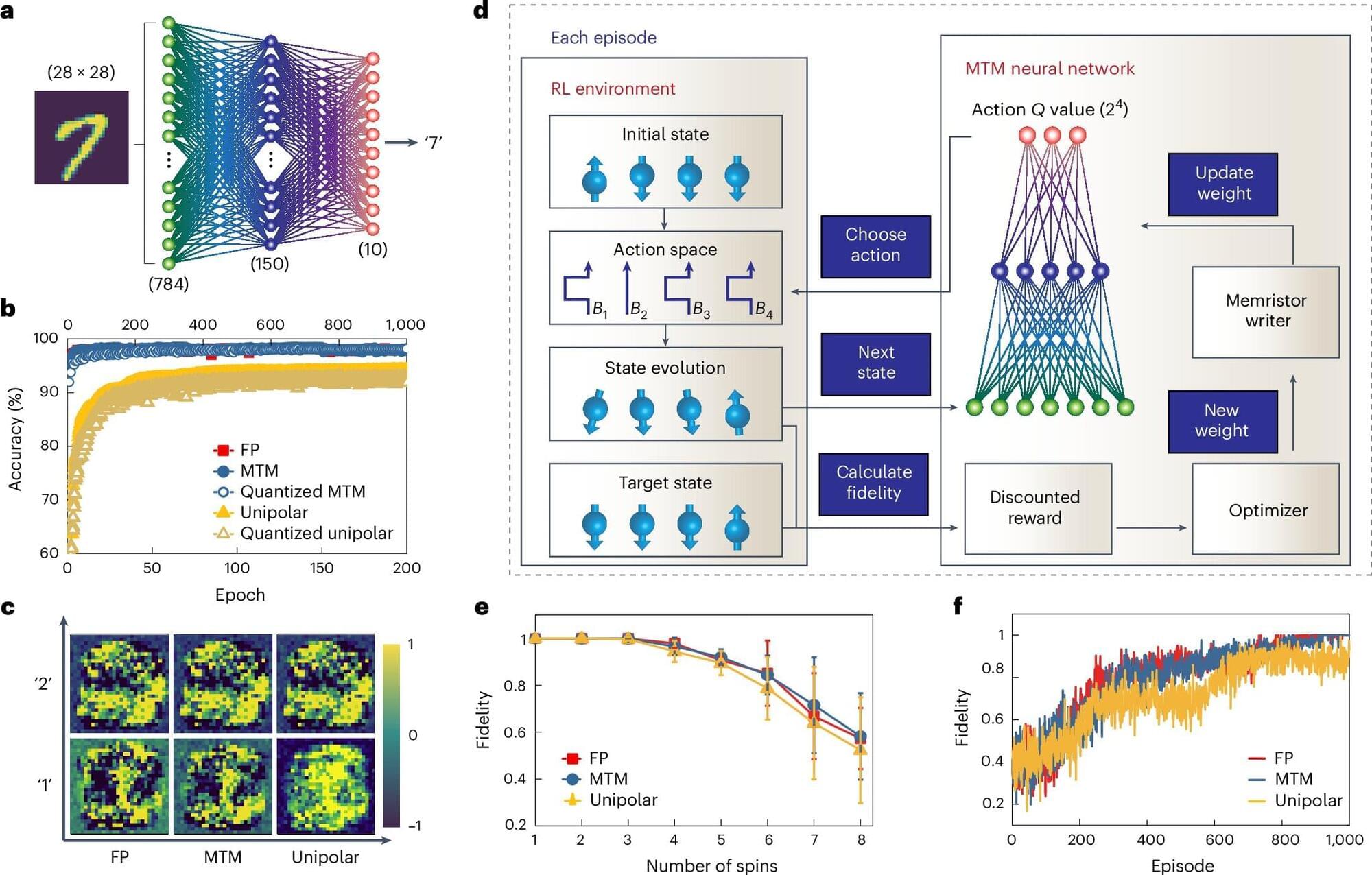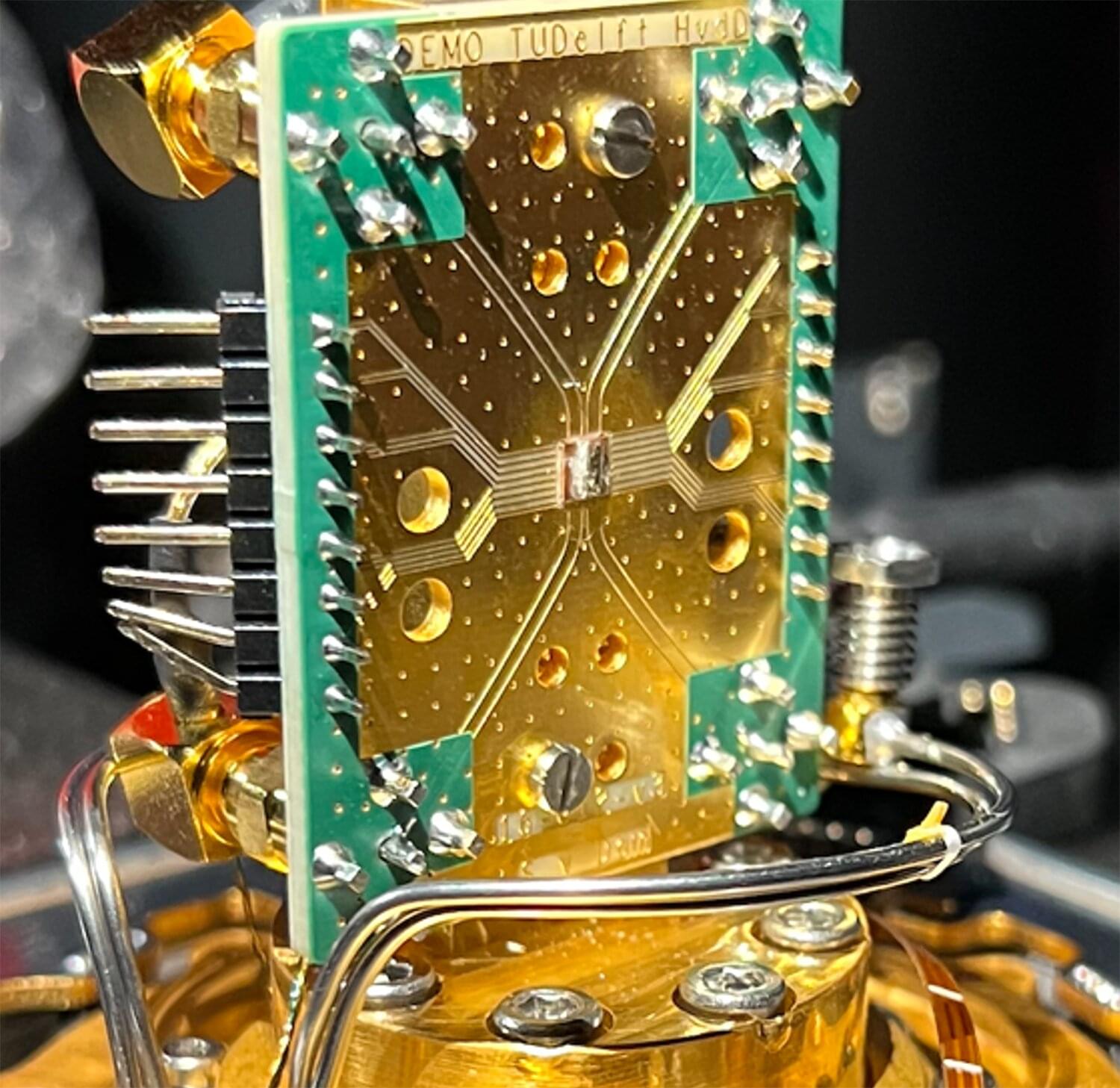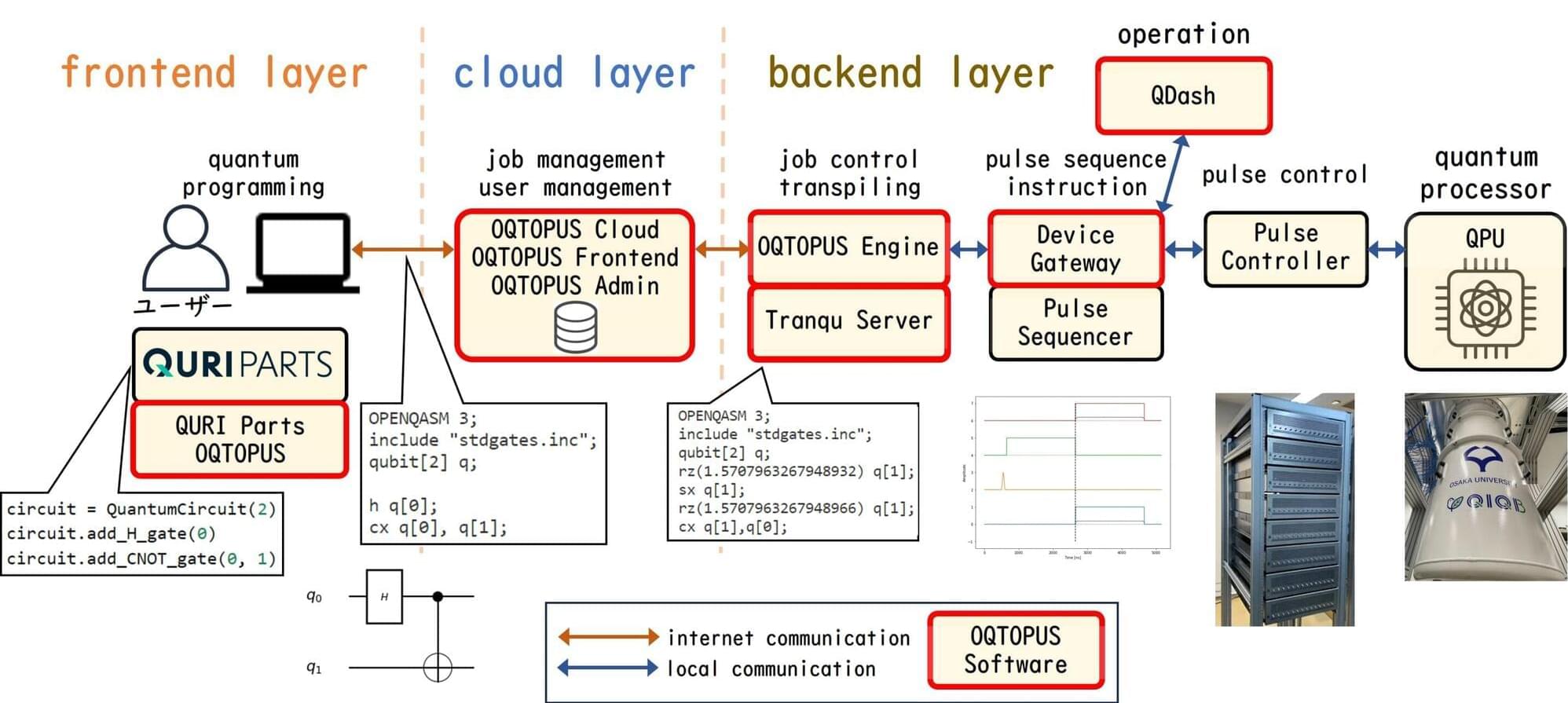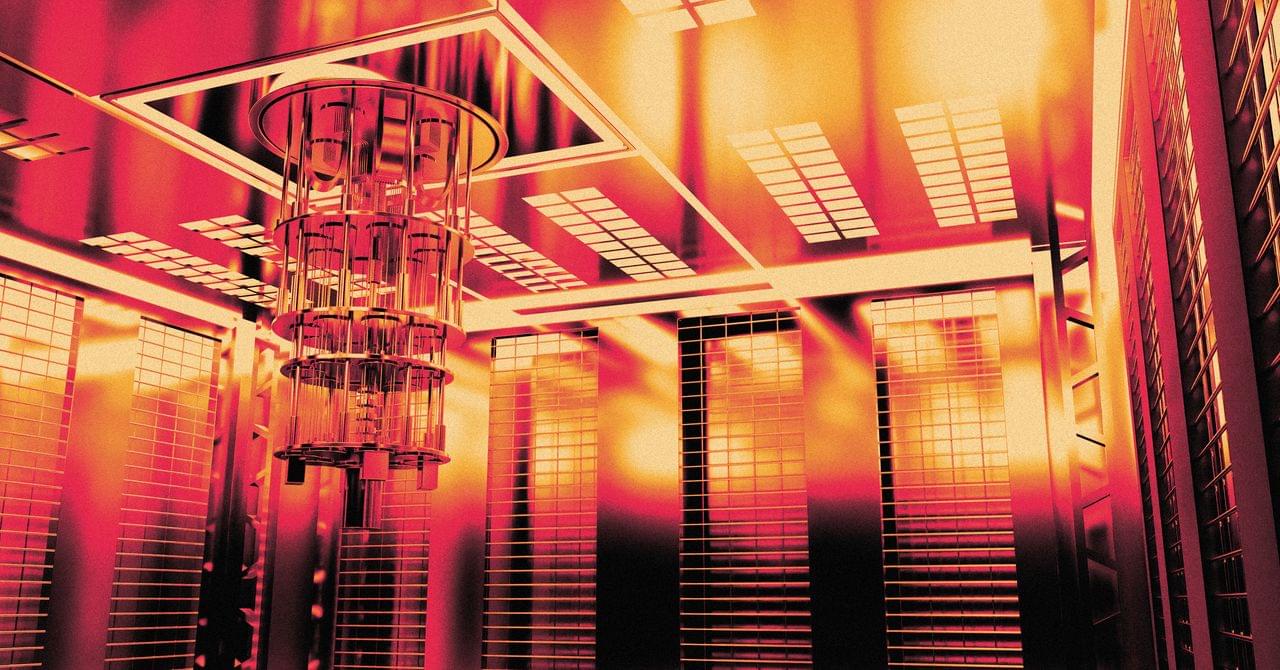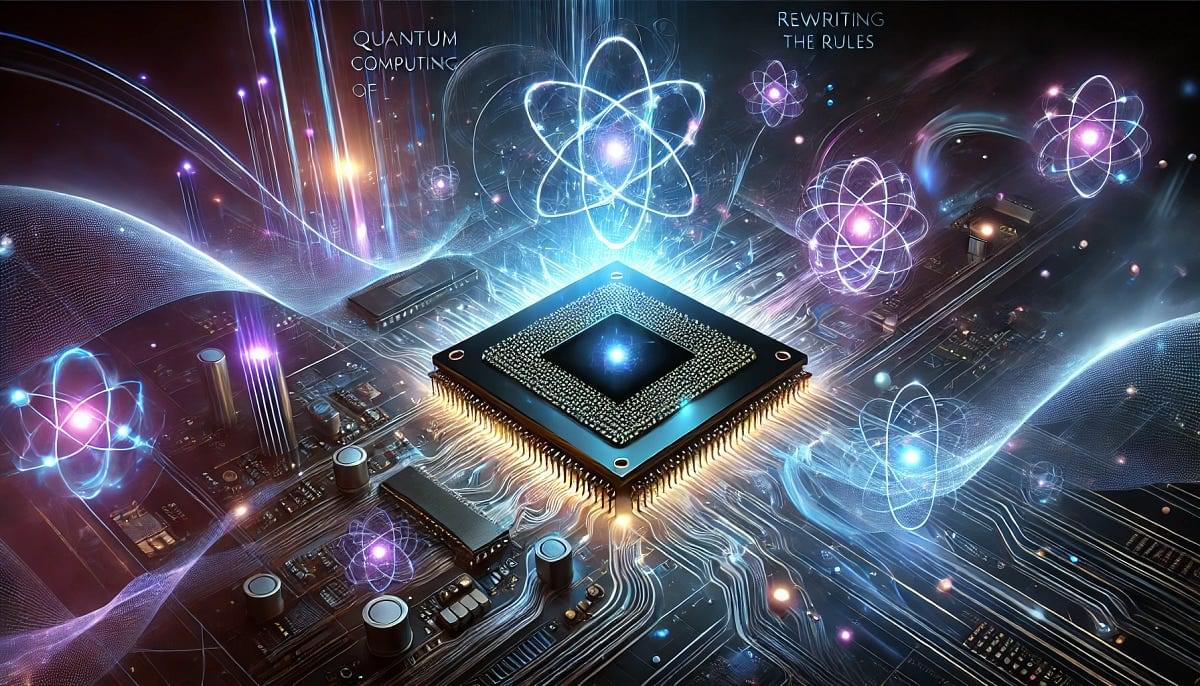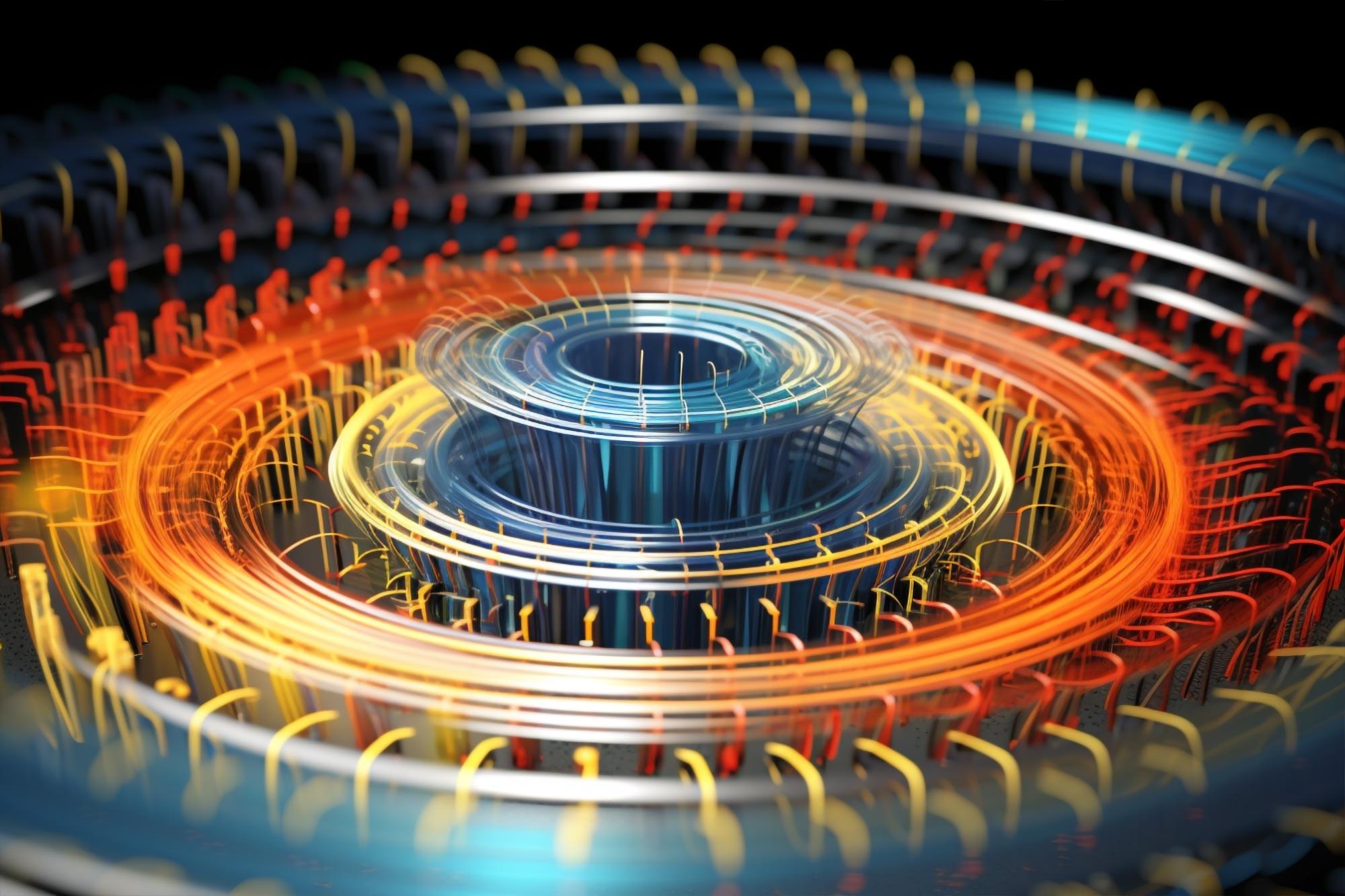Imagine building a Lego tower with perfectly aligned blocks. Each block represents an atom in a tiny crystal, known as a quantum dot. Just like bumping the tower can shift the blocks and change its structure, external forces can shift the atoms in a quantum dot, breaking its symmetry and affecting its properties.
Scientists have learned that they can intentionally cause symmetry breaking—or symmetry restoration—in quantum dots to create new materials with unique properties. In a recent study, researchers at the U.S. Department of Energy’s (DOE) Argonne National Laboratory have discovered how to use light to change the arrangement of atoms in these minuscule structures.
Quantum dots made of semiconductor materials, such as lead sulfide, are known for their unique optical and electronic properties due to their tiny size, giving them the potential to revolutionize fields such as electronics and medical imaging. By harnessing the ability to control symmetry in these quantum dots, scientists can tailor the materials to have specific light and electricity-related properties. This research opens up new possibilities for designing materials that can perform tasks previously thought impossible, offering a pathway to innovative technologies.

